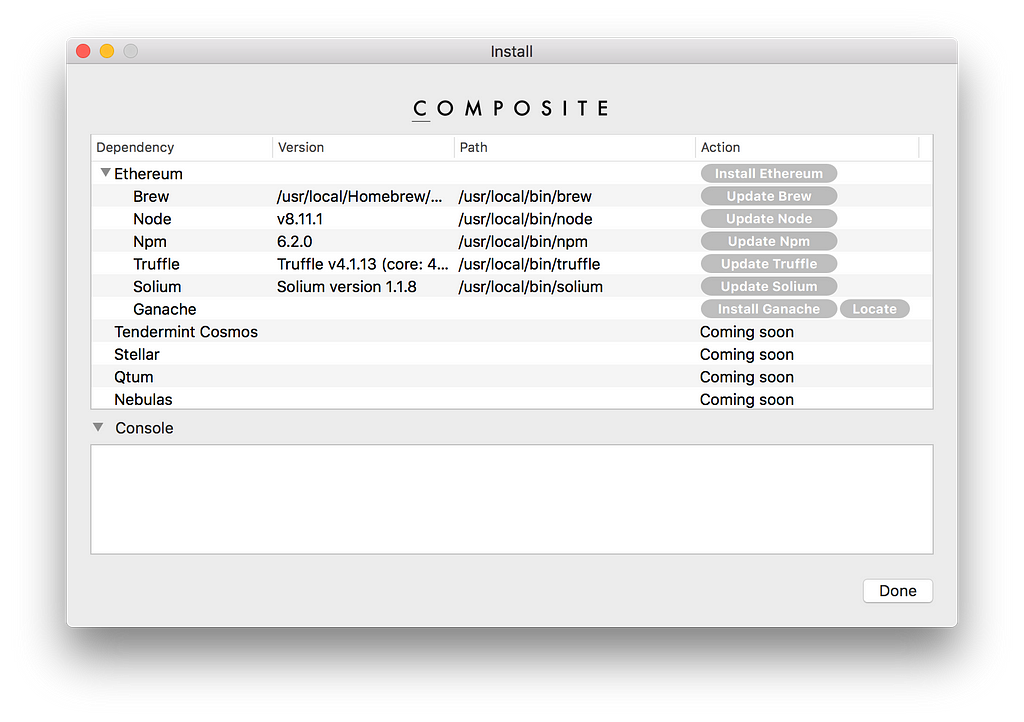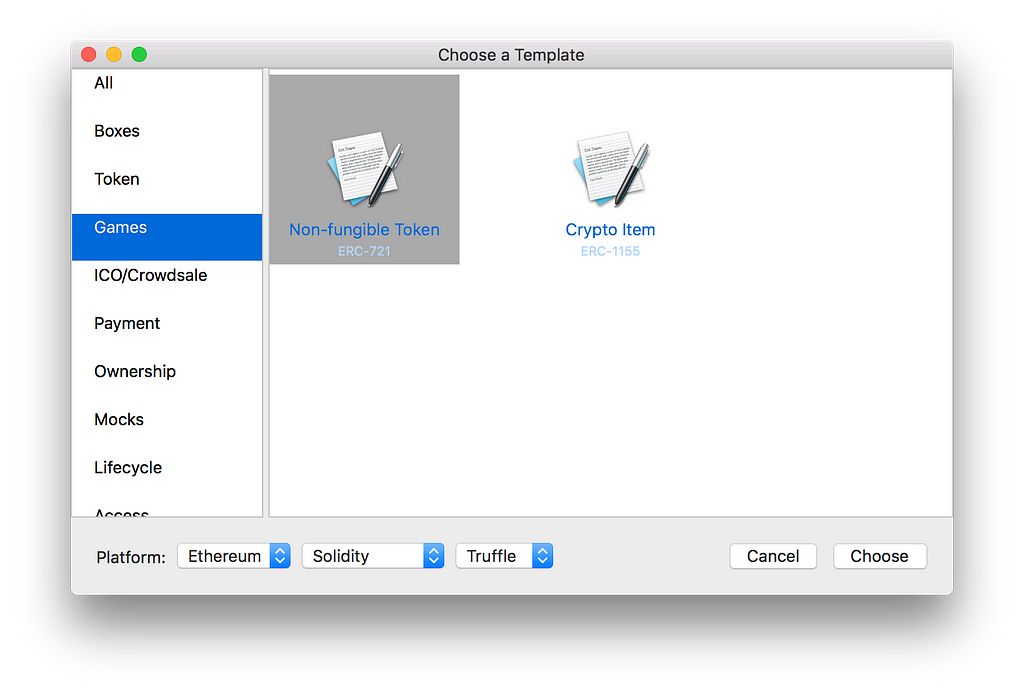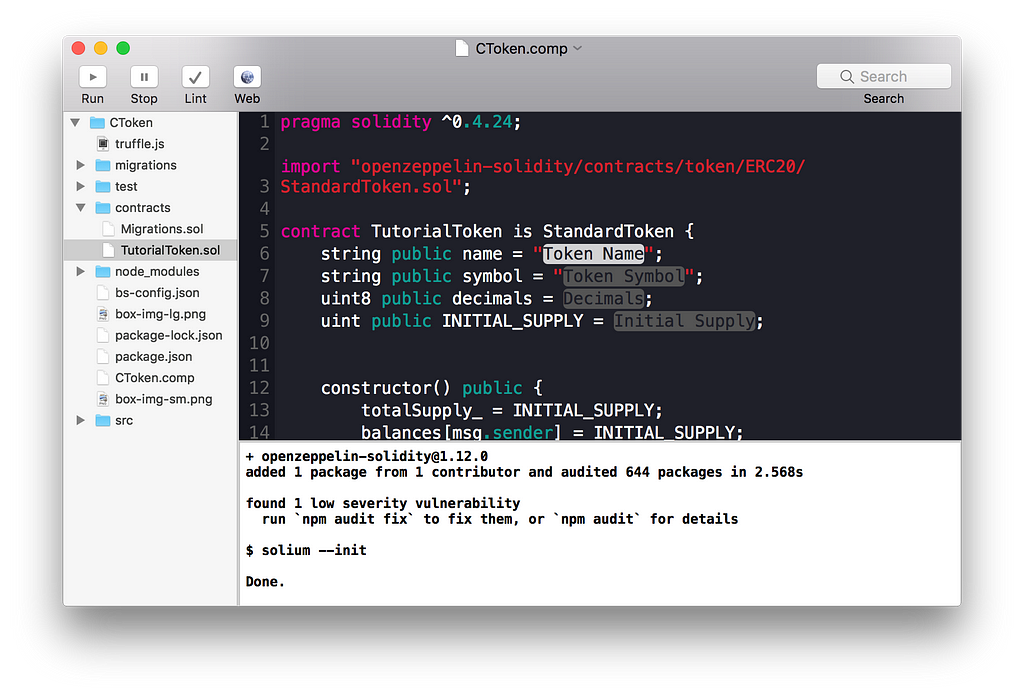Latest news about Bitcoin and all cryptocurrencies. Your daily crypto news habit.
How many people you know have installed and set up a wallet and are using crypto on a regular basis? Depending on how you count, it seems unlikely that the current crypto users represent more than 1% of the total addressable market.
A current low adoption rate might indicate the enormous growth potential of crypto. Just imagine what 10x more users —which is still only 10% of the addressable market— could mean. On the other hand, there is a possibility we will never get to 10%. Promising technology has failed before, as Varun Mathur correctly states in this tweetstorm.
Crypto challenges
What is holding back a broader adoption of crypto? I see three main issues that haven’t been solved yet:
- Scalability (How many concurrent users or transactions can the system handle?)
- Utility (What can I use it for?)
- User-Experience (How easy is it to use?)
The smartest minds in the industry are currently working on scaling blockchain technology. Once scaling is solved, utility will be the next area of focus. For utility to increase, a good user-experience is imperative.
In terms of where energy and money is spent on, user-experience seems to be underrepresented at the moment. Current tools and apps took us from 0 to 1%, but the next 10% users might not be willing (or able) to figure out the often confusing interfaces.
Start with customer experience?
Steve Jobs once said: “you’ve got to start with the customer experience, and work backwards to the technology”. Unfortunately, crypto doesn’t have that luxury. Crypto wasn’t built with a great user-experience in mind, as Connie Yang shows in her blogpost Why design is the killer app for crypto. While it’s certainly possible (and necessary!) to slap better design on a technically complex system, it will be challenging.
Current Issues
It is encouraging to see people like Varun and Connie working on user-experience. And they’re not alone, design firms like IDEO are also working on improving user experience.
I believe we need more than great designers. I believe we also need developers who have experience building apps with great user-experience, like iOS and MacOS developers for example. As Microsoft Steve Ballmer famously said: “Developers”.
I am a crypto developer. I’ve written smart contracts in Ethereum’s Solidity language and I’ve created tools to make it easier to use crypto in mobile applications. The Ethereum developer toolchain has improved substantially the last year. But especially for occasional Ethereum developers, it still lacks the polish and ease-of-use of for instance the Apple or Microsoft developer toolchain.
Several other crypto developers told me they use several tools to write smart contracts. Atom for coding, Remix, a web-based tool that only works if you’re online, for debugging and deploying. It works, but it’s not the best experience.
The Turbo Pascal Effect
MS-DOS programming in the early 1980s was not unlike blockchain development in 2018: Developers used separate tools, dedicated to specific tasks: an editor, a command line compiler, a command line debugger, and a command line linker.
That all changed with the introduction of Borland Turbo Pascal in 1984. The innovation was to package all the separate tools into a single Integrated Development Environment (IDE). For the first time, the whole development workflow could be covered with one single application. Turbo Pascal simplified the edit-compile-run-debug loop. (The low price of $49, and the unusually good documentation also helped)
Borland sold 400,000 copies in the first 2.5 years. Especially impressive considering that the total addressable market was estimated at just 30,000. Borland created a market nobody knew existed.
One unexpected side effect of the Turbo Pascal success was that the number of MS-DOS applications skyrocketed, thereby contributing to MS-DOS becoming the dominant platform.
Composite: Turbo Pascal for Blockchain
Crypto desperately needs its Turbo Pascal moment: a tool so powerful and easy to use, both quantity and quality of dApps will skyrocket. That way, both higher utility and better user-experience will be tackled.
I have been working on an open source editor that could become the Turbo Pascal for Blockchain, called Composite. It’s the easiest developer tool on the market. Since it is developed natively in Swift/Cocoa, it’s also the fastest developer tool out there. It’s lightning fast.
 1. Installing the toolchain and keeping it up-to-date is finally a breeze.
1. Installing the toolchain and keeping it up-to-date is finally a breeze. 2. Creating a new project is as easy as choosing a templates. You’ll be able to create your own templates in future versions.
2. Creating a new project is as easy as choosing a templates. You’ll be able to create your own templates in future versions. 3. Name your new project.
3. Name your new project. 4. Editing, debugging, and deploying all from one single easy-to-use application.
4. Editing, debugging, and deploying all from one single easy-to-use application.
What about blockchains that aren’t Ethereum?
The current pre-alpha version of Composite is Ethereum only, but Composite is designed to support more blockchains. I’d love to add support for more blockchains and make it dApp development easy for every blockchain.
If you are a smart contract developer and would love to use Composite on another blockchain than Ethereum, leave a comment.
What is a blockchain worth without adoption or utility?
A blockchain without users or usage isn’t worth much. Composite makes it easy for blockchains to attract high-quality developers and have them developed useful and easy-to-use dApps. If you are developing a blockchain and would like to see support for your blockchain in Composite, email me.
What’s next?
- If you want to keep up-to-date on Composite development, join the Composite Telegram group: https://t.me/joinchat/F84Ewkd5t-RLL26-Wj7tPA
- If you like to test the pre-alpha version of Composite, or are interested in adding support for your blockchain to Composite, email me.
- If you work at a crypto company and are interested in having Composite support your blockchain, email me.
- Composite is self-funded. If you want to support Composite, consider donating Bitcoin: 3BADHnwyuK54ZVa1dRtRj6Jj8H2BJz63Rc or Ethereum 0x7e77Bf36DAE7202927Fbf91A5f9e2E4e1837f077. Thank you in advance.
Scaling Crypto User Experience was originally published in Hacker Noon on Medium, where people are continuing the conversation by highlighting and responding to this story.
Disclaimer
The views and opinions expressed in this article are solely those of the authors and do not reflect the views of Bitcoin Insider. Every investment and trading move involves risk - this is especially true for cryptocurrencies given their volatility. We strongly advise our readers to conduct their own research when making a decision.


